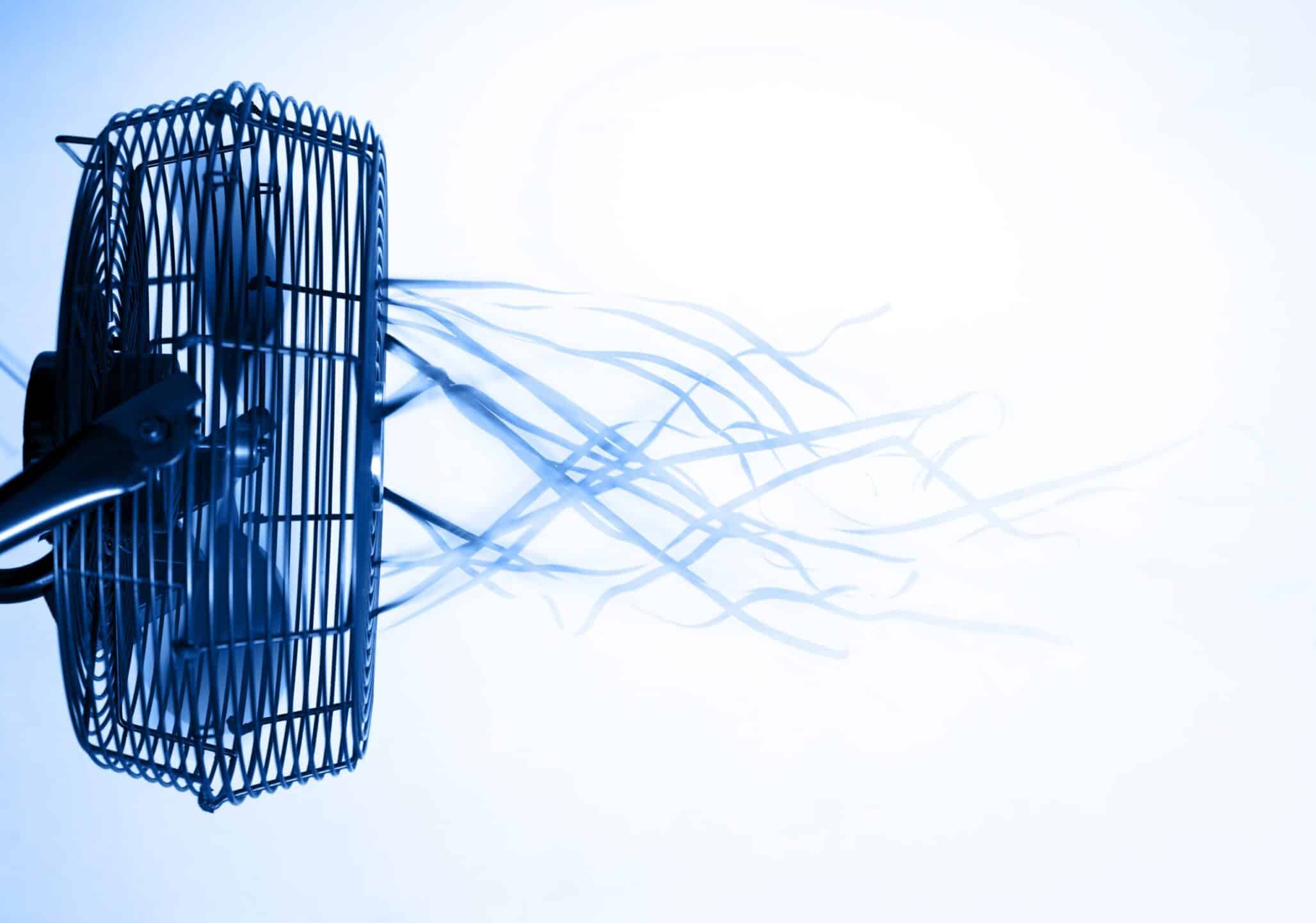Yield, competition and regulations drive seed production and the turf market.
When it comes to grass seed production, overall, if varieties are not excellent to very good yielders, then they have no future in America, says Bill Meyer, who serves as the associate director of Rutgers Turfgrass Center. Many in the industry call him “the Godfather of turf breeding.”
Farmers, especially those in Oregon and Minnesota, are looking for high yields of 1,000 to 1,500 pounds per acre, he says. For example, if a tall fescue variety doesn’t yield 1,000 tons, the variety won’t make it. Another factor turf seed growers take into consideration is stand life, he says. Tall fescue will keep its yield for a number of years, whereas ryegrass will not.
A drawback of tall fescue, Meyer explains, is that it germinates two days slower than ryegrass and doesn’t fill in near as well — a limiting factor to using turf type tall fescue on sporting fields.
Tall fescue performs well in the landscape and home lawn industries. Meyer says that in his hometown of New Jersey, nearly all the lawns are tall fescue with a little bit of bluegrass.
Increased demand for tall fescue is one of the most recent trends in turf seed, adds Steve Tubbs, who has recently retired from Turf Merchants Inc. as president.
“We were surprised at the area of adaptation,” Tubbs says. “We seed more tall fescue in Pennsylvania than we sell bluegrass.”
Tubbs says tall fescue has an exceptional root structure that can go down 6 feet.
“It may look like a bluegrass, but it requires much less water and fertilizer,” he says, noting that tall fescue is used both as a stand-alone grass and mixed with no more than 10 percent bluegrass.
Drought tolerance is another important characteristic for new varieties coming to the market. DLF International Seeds is one company that’s doing more work with grasses that use less water and require less overall maintenance, including mowing.
With the anticipation of more states and localities regulating the use of water, Rick Myers, vice president of sales for DLF International Seeds says, “We’re trying to develop varieties that require fewer inputs, such as chemicals fertilizer and water.”
Lawn care companies will need to operate within those constraints. Myers says they are doing their part with grass seed.
Mountain View Seeds is just one company that works to find the best genetics.
“Our commitment to intensive research results in a proprietary program of turf and forage grass varieties that have earned worldwide respect through our research affiliate, Peak Plant Genetics,” shares Troy Kuenzi, Mountain View Seeds president.
He explains that as part of their research and innovation process, they question leading researchers and professionals and consult with their distributor partners. We try to identify emerging industry trends and from there, plan our programs to meet those identified needs, Kuenzi says.
Each year, Mountain View Seeds screens thousands of plants in greenhouses, fields and demonstration trials. Of those, Kuenzi says only a handful are selected for a five- to 10-year development program, which eventually qualify to carry the MVS logo.
Production Challenges
One of the important practices in grass production is to burn the stubble, which helps get the desired big seed. But in many areas, that practice has been banned because of smoke problems, Meyer says. However, this is not a new issue — farmers have been dealing with that since the 80s.
Since then, they’ve come up with systems that clip the grass closely and vacuum up any debris on the ground. The challenge most farmers face today is voles.
There’s always a complication when you’ve got change, says Meyer.
[tweetshare tweet=”The competition for ground is so intense right now that growers just aren’t willing to take a risk on varieties that have not proven to be very good producers, says Troy Kuenzi. ” username=”@SeedWorldMag”]
Shifting Production Areas
Between Hermiston and the Columbia River, there are 60,000 circles of 120 acres each where grass seed is grown, but grass must compete with other crops and price can be a big influencer. Other crops include potatoes, sweet onions, corn and alfalfa.
Meyer says some companies, such as Columbia River Seed, have figured out how to grow tall fescue as an annual crop. They plant a circle in August and harvest it the following July. Then they plow it up and plant something new, whereas some will keep a circle in production for six to eight years.
They’ve been able to get tremendous yields, Meyer says.
Due to pressure from other higher value crops, grass seed production has been shifting outside the traditional area. Madris and Mountain View, Ore., have made investments and grass seed production continue to expand outside of Willamette Valley, Ore.
Meyer says that filberts, commonly known as hazelnuts, have been taking acres away from grass seed production in the Willamette Valley. The state is known globally for the quality of its hazelnuts, which is in high demand due to the popularity of spreads such as Nutella.
“They’re just being planted everywhere here,” says DLF’s Myers, noting that one those acres are planted, they’re out of production for 15 years.
According to the Oregon Department of Agriculture, with about 8,000 acres of hazelnut trees being planted each year, the industry is in expansion mode.
It’s this competition for acres that’s driving farmers stance on yield as it relates to grass seed production.
Kuenzi explains that competition for acreage is one reason why the seed industry has been moving away from “elite” type varieties of grass that perform well but just don’t produce seed well.
“The competition for ground is so intense right now that growers just aren’t willing to take a risk on varieties that have not proven to be very good producers,” he says.
This is one of the reasons why we are seeing increasing grass seed acres moving into Minnesota, North Dakota and up into Canada, Meyer says. Here, they are planting ryegrass into a wheat crop and the wheat kind of acts as a cover crop.
What’s Next?
New grass seed developments are probably going to come from traits, predicts Glenn Jacklin of production manager of Simplot — Jacklin Seed Co. This may be in the form of drought tolerance, growth or herbicide resistance.
“This has not hit the turfgrass seed industry yet, but GMO and trade introduction has obviously impacted wheat and corn and made huge advancements there in science and research,” he says. “So it would seem that would eventually come to our industry.
“There are a few companies, including ourselves, who are looking in that direction, but nobody has really jumped into the GMO arena or trade introduction.”
If the advancement is drought tolerance or heat tolerance, then there will be less watering and it could benefit landscapers. Jacklin says he’s got eight varieties like that now, including a bluegrass that is low mow.
“If you get a trait like that in a variety of grass, obviously that will be desirable to the consumer,” Jacklin says. “This could also save landscapers time on customers’ properties, enabling them to get to more properties in a day. And if you have to mow less, that will have a positive impact on the environment with less CO2 emissions.”












